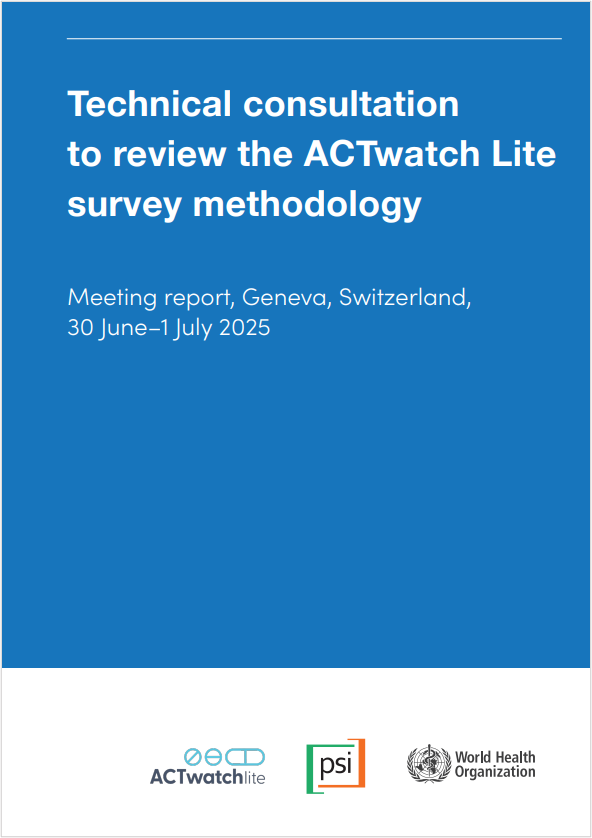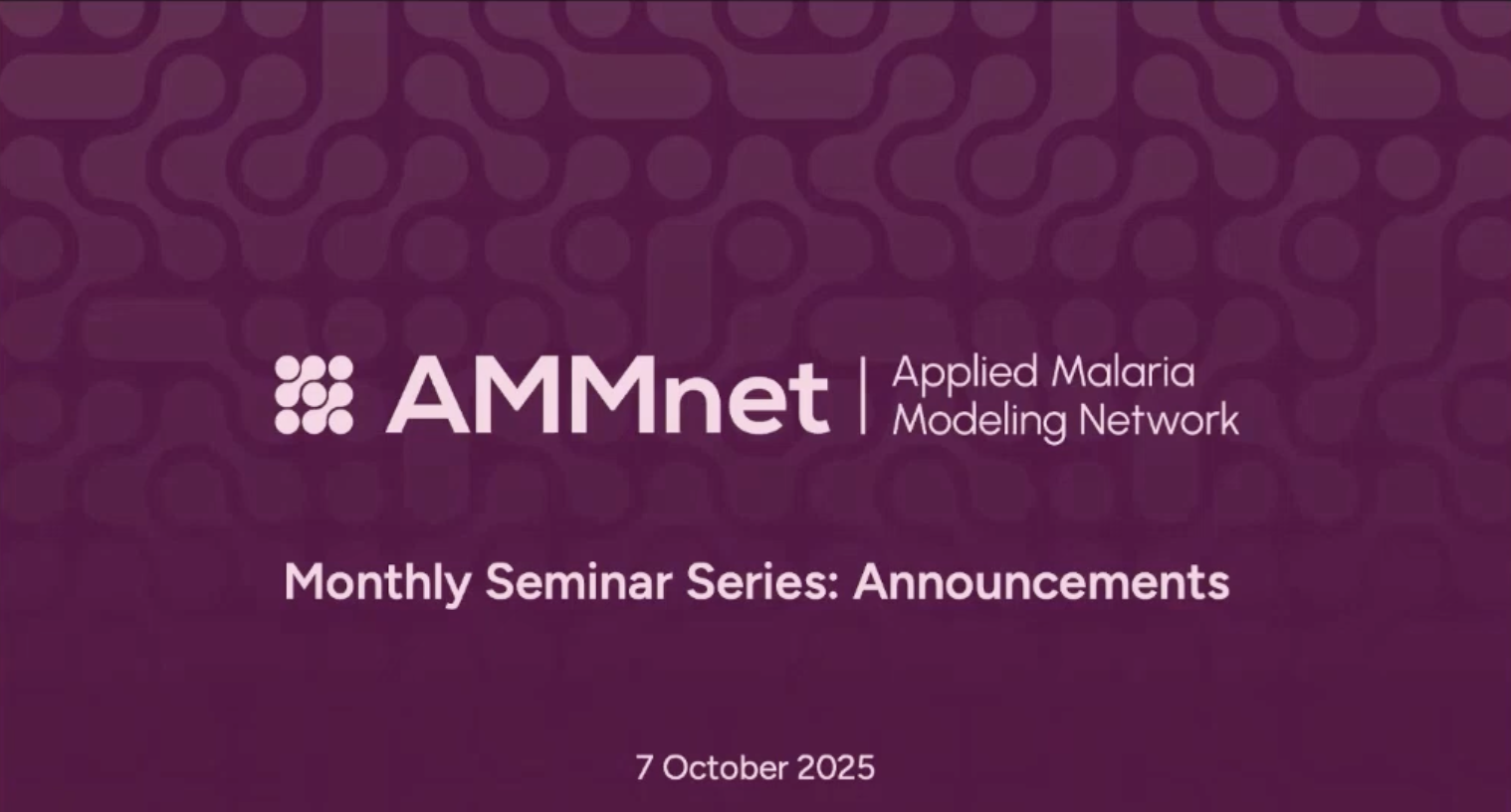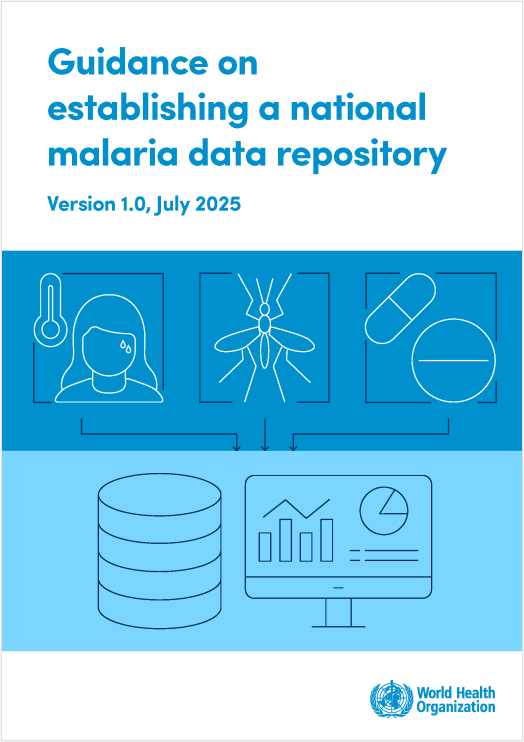Last Updated: 12/02/2025
Zoogeographical distribution, epidemiology, and multilocus genotyping of Plasmodium knowlesi among primates in Peninsular Malaysia
Objectives
- To determine the zoogeographical distribution pattern of zoonotic primate malaria in Peninsular Malaysia.
- To identify infection hotspots and areas of high endemicity in the country.
- To ascertain the prevalence and risk factors associated with primate malarias among wild monkeys.
- To determine genetic diversity and haplotype distribution patterns for Plasmodium knowlesi among wild monkeys
- To develop a cryobank of Plasmodium knowlesi stabilates that can be culture adapted and produce gametocytes.
University of Putra Malaysia (UPM), Malaysia
University of Malaya (UM), Malaysia
Malaria is widespread globally, infecting up to 500 million people. Over 40% of the world’s population lives in malaria-endemic regions and the disease is recognized as the fourth most important cause of deaths in children. A wide variety of malaria parasites (Plasmodium spp.) are known to infect animals, of which five are capable of causing disease in humans. The fifth malaria parasite Plasmodium knowlesi has recently been recognized as a fatal zoonotic pathogen being transmitted from monkeys to humans in Malaysia. This zoonotic malaria is now the most common and most fatal form of human malaria in the country. With the increasing exploitation of forest for development, wild monkeys are driven closer to human inhabitations. This poses a substantial risk as the close interaction between the mosquitoes, monkeys and humans could perpetuate malaria in the country.
The present study aims at investigating the zoogeographical distribution, genetic diversity, epidemiological risk factors and hotspots for infection with zoonotic primate malaria parasites in peninsular Malaysia. Genomic DNA extracted from whole blood of wild monkeys will be subjected to nested PCR to amplify the 16SrDNA of the zoonotic Plasmodium species. Multilocus genotyping using microsatellite markers will be carried out to determine genetic diversity. Prevalence of the various Plasmodium spp. among the various primate species, age groups, gender and habitat will be analyzed statistically to provide epidemiological information on susceptibility, risk factors and spatial distribution. Cryostabilates will be prepared from blood samples and a repository of Malaysian simian malaria species will be established. In vitro cultures will be maintained to facilitate downstream application including drug susceptibility studies and vaccine development. The data obtained will provide a fundamental understanding of this fatal zoonotic disease and facilitate proper control measures to be initiated in the country in line with the nation’s goal of malaria elimination.
Wild macaques (M. fascicularis) will be captured by baited traps from various areas in Peninsular Malaysia in collaboration with the Department of Wildlife and National Parks (PERHILITAN). Sample size will be determined by minimum detection sensitivity at a 95% confidence limit after an initial trial with 100 animals (Thrusfield, 1995). Captured animals will be anaesthetised using Zoletil (5mg/kg IM) or Xylazine (0.1mg/kg IM) and 3mls of blood will be drawn from anaesthetised individuals via the femoral vein. Blood samples will be collected in both EDTA and plain tubes, and transported on ice to the parasitology laboratory for molecular and morphological detection of Plasmodium spp. Giemsa-stained thin blood films will be made to detect Plasmodium within the erythrocytes.
Total genomic DNA will be extracted from whole blood using a commercial DNA extraction kit. Nested PCR will be carried out on the extracted DNA and a partial sequence of the 16SrDNA will be amplified to detect the presence of Plasmodium. The presence of infection among the various primate populations and the zoogeographical distribution patterns will be mapped out for the country using Geographic Information System (GIS) maps and software. Hotspot analysis will be done to ascertain areas in the country with a high prevalence of infection. Prevalence of the various Plasmodium spp. among the various primate species, age groups and sexes will be analysed statistically to provide epidemiological information on susceptibility and risk factors. Genetic relationships and haplotyping will be inferred by comparing variable nuclear markers, namely the circumsporozoite surface protein gene (CSP) and microsatellite loci. Amplicons will be differentiated via capillary gel electrophoresis to determine the genetic frequencies and polymorphisms. Fragments of the 16SrDNA will be cloned, sequenced and subjected to multiple alignment analyses for resolution of phylogeny.
Anticoagulated macaque blood will be cryopreserved immediately to ensure the viability of any malaria parasite within the specimen. Glycerolyte will be added to harvested RBC’s and frozen down in liquid nitrogen as cryopreserved repository. In vitro cultures will be initiated with cryopreserved or fresh P. knowlesi parasites isolates derived from infected macaques. Parasites will be grown in static cultures at 36.5°C under reduced oxygen conditions (5% CO2, 5% O2, 90% N2) in RPMI 1640, supplemented with 20% pooled, AB human serum and RBCs at 2.5% haematocrit. Parasitaemia will be determined via microscopic examination of Giemsa-stained thick and thin films prepared from the cultured material at regular intervals. Different established protocols for the induction of gametocytes in P. falciparum will be adapted to induce gametocytes in P. knowlesi. Gametocyte induction will be started using continuous culture of asexual stages.
Jan 2019 — Dec 2022
$215,325


